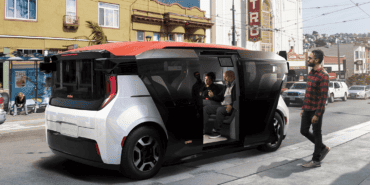
Collaboration between humans and robotics is seen as a key part of Industry 4.0.
The implementation of Industry 4.0 technologies could increase the likelihood of fully autonomous factories, with robots able to assess when they need repairs and utilize analytics to improve productivity.
While some factories have run at near fully autonomous levels for a few years now, there is still plenty of areas where humans are necessary. Even in the Industry 4.0 world, human workers will be needed, to analyze factory operations, preview changes, and conduct repairs.
SEE ALSO: Google Blasts Word to Industry 4.0 Community Via Foghorn Deal
The Internet of Things (IoT) could be ground-breaking for factories, as the small devices can provide rich operational analytics and alert workers to any machine repairs. Combined with big data analytics, factory owners may be able to see new ways to improve productivity and lower costs.
Ericsson recently announced its intention to build a fully-automated smart factory in the United States, which will build 5G antenna radios. “We are digitalizing our entire global production landscape, including establishing this factory in the U.S. With 5G connectivity we’re accelerating Industry 4.0, enabling automated factories for the future,” said Fredrik Jejdling, head of networks at Ericsson.
While the factory will be fully automated, Ericsson intends to hire 100 people to work inside the factory. This shows that while monotonous factory jobs may be disappearing, new jobs inside the factory are being created for workers.
In some industries, human workers will remain a key part of the shop floor. We are already seeing dozens of US companies invest in Google Glass for work, which blends artificial and human intelligence through its augmented reality glasses. A worker at GE is able to pull up detailed information on how to repair a machine part, while a DHL driver can instantly retrieve delivery details.
This type of collaboration between humans and robotics is seen as a key part of Industry 4.0. Instead of investing in a fully automated factory, some may opt for human workers during the day time, who serve as quality assurance specialists, while the robot works during the night. That way, factory owners may be able to gain more productivity, while not having to increase or decrease their workforce.





























